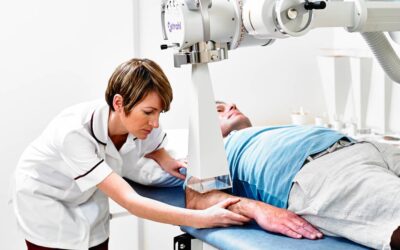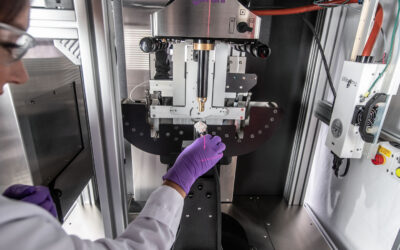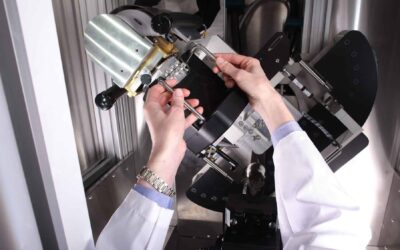Despite the emphasis on megavoltage radiation therapy, kV units are still being
acquired and used in clinical radiation therapy for superficial lesions and specialized
treatment techniques. The dosimetry of kV X-ray beams is tricky and subject to
increased uncertainties due to the energy dependence of many quantities involved in
determination of absorbed dose at the reference point. In addition, there are a large
variety of beam modifiers and applicators used each of which requires separate
relative output measurements sometimes affected by issues such as electron
contamination and scatter. This presentation concentrates on the practical aspects of
a typical clinical AAPM TG61 protocol implementation. Following aspects will be
discussed: (1) a review of the calibration protocol formalism; (2) ionization chamber
types and calibration; (3) beam quality measurements; (4) relative measurements for
open and closed applicators; (5) other clinical aspects such as tertiary collimation,
etc.
Educational goals:
1. understanding of the concepts and formalism of the TG61 protocol
2. understanding the characteristics of ionization chambers with respect to kV dosimetry
3. elucidating aspects of the commissioning of orthovoltage units
4. illustrating special clinical situations
Wamied T. Abdel-Rahman, PhD






